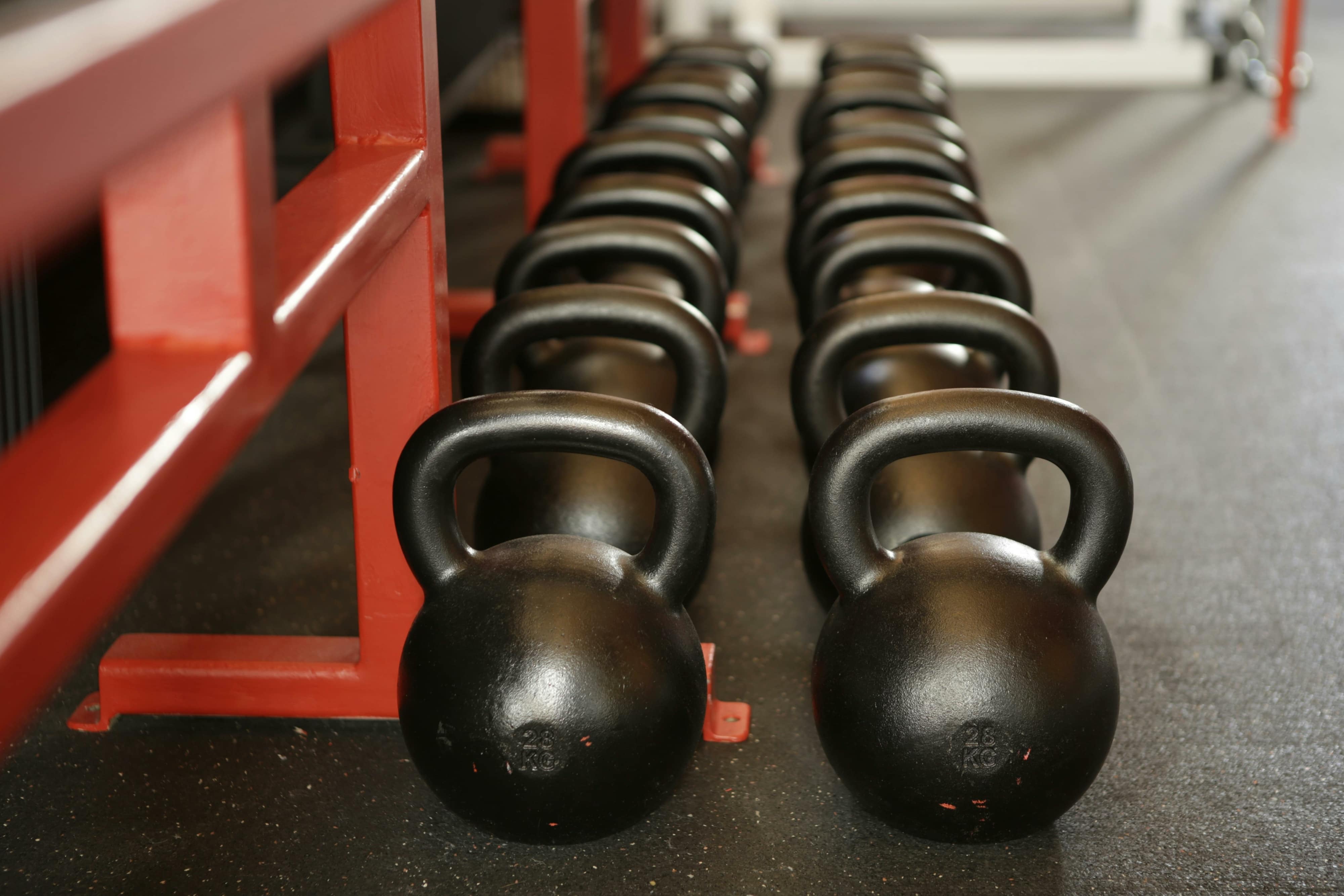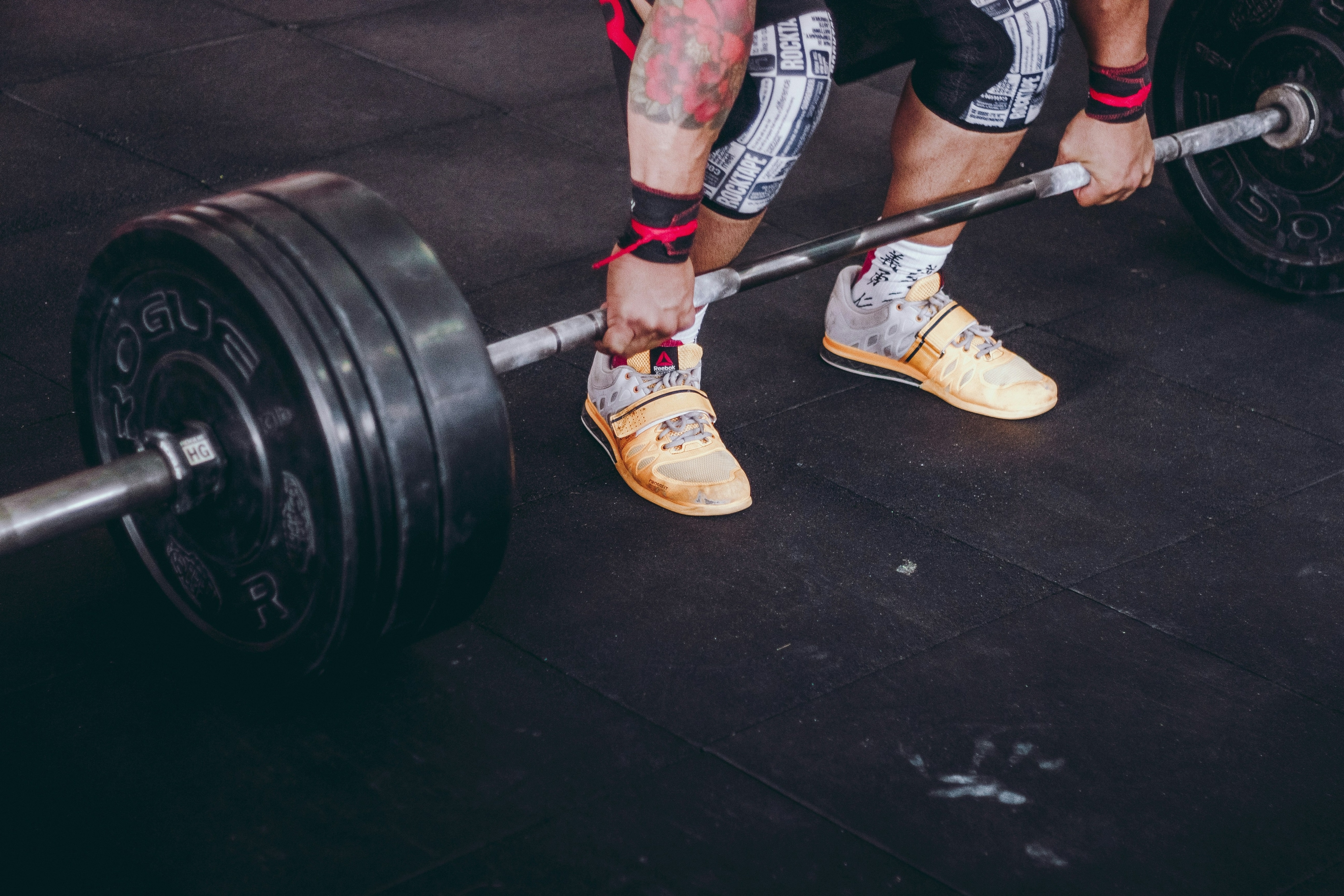There is a workout for everybody. No matter what your goals and preferences are, there is a type of fitness training that will suit your needs. If you are looking for a way to keep your workout interesting, look no further! We’ve put together a list of five fresh, fun, and effective fitness training ideas to help get you in shape.
These five training styles cover a broad range of goals, methods and intensities to fit the needs of both new and veteran exercisers. Whether you’re looking to ditch the gym for body weight exercises, take advantage of the great outdoors, or completely change it up with military or sports specific training routines, this article has you covered with the best methods to get you started.
{{cta(‘0da87957-461d-4dae-8be0-05fa338aa1ab’,’justifycenter’)}}
Tabata Exercises
Developed by a Japanese Speed Skating coach, the Tabata method is an incredibly powerful training style. Tabata exercises are a type of High-Intensity Interval Training (HIIT) that combines alternating bursts of high-intensity exercise with shorter recovery periods. Typically, when performing these exercises, the first interval is done at nearly full intensity followed by a lower resting pace at a much lower intensity.
According to the research Tabata published on his training method, “athletes saw a 28% increase in their anaerobic capacity and 15% increase in their VO2 max which is considered a good measure of cardiovascular fitness.”
You do not have to be a speed skater to get exceptional results from Tabata exercises. Further research on the Tabata protocol has found that this fitness training method is useful for those pursuing both athletic and fat loss goals.
Standard Tabata training can be done with any repetitive cardiovascular exercise like running, stair climbing, rowing, spinning or calisthenics exercises.
Standard Tabata Protocol
Warm-up Phase
Warm-up for 5 minutes by doing your chosen exercise at a low intensity.
Work Phase
- Perform your chosen exercise for 20 seconds as fast or as hard as you can go.
- Recover for 10 seconds by doing the exercise at a low intensity.
- Repeat the 20 second phase followed by 10 second phase 8 times.
Cool Down Phase
Cool down by doing your exercise at a low intensity for 5 minutes. Alternatively, you can choose to warm up with a series of mobility exercises.
Total time = 14 minutes
Total work time = 4 minutes
This 14-minute workout should be very tough. During the 20-second work intervals, you need to push as hard as you can.
Military Fitness Training
Military fitness training is a complete overhaul of the fitness training mentality. Rather than training only to be in better shape, these military fitness programs aim to build strength, endurance and durability while focusing on what an active duty soldier needs to perform at their peak level.
The military fitness regimen centers around power beyond the gym alone. Instead of looking at typical gym metrics like how much a person can bench press or squat, the goal of these exercises is real world performance. As noted in the military athlete philosophy, “Soldiers are professional athletes” and “If you are unfit or injured, you are a liability to your unit, not an asset.”
Designed to build a solid, agile body and packed with intense, powerful workouts, the military fitness training technique is tough to beat.
“Operator Ugly” is one of the most popular military style workouts. It was developed by Rob Shaul, CSCS to measure an athlete’s level of physical and mental fortitude. Operator Ugly begins with a warm-up of goblet squats, push ups and sit ups. The workout then moves on to six events: the bench press, front squat, deadlifts, pull-ups, 25-meter sprints and the sandbag get-up. For each event the trainees are instructed to perform the exercise for the maximum amount of reps possible. This Muscle & Fitness article has detailed instructions for how to do the Operator Ugly.
Sports Specific Training
If you are an athlete, general fitness training can help you improve your performance. However, research suggests that you can design a workout plan for a particular sport. To gain a competitive advantage in today’s sports world, athletes of all levels from professional to amateur are taking advantage of this type of fitness training.
According to Peak Performance, a newsletter featuring the latest research from the sports science world, there are four main steps to putting together a sports-focused routine. First, consider the athlete’s goals and what they want to achieve. Next, evaluate their current level of fitness. Third, evaluate how much an athlete needs to improve to reach optimal levels and, finally, develop a program that will help the athlete achieve this goal.
For example, a high school soccer player might have above average ball-handling skills and below average speed. A sports specific training program for such an athlete should include sprinting, endurance runs, plyometrics, traditional progressive resistance training and mobility drills.
Different sports and positions require different skillsets and have different off-seasons. If you want to develop a sports specific program, you need to take into account the unique needs of your position, the training season of your sport, and your own deficits as a player.
Outdoor Fitness
If you are tired of going to the gym or prefer to take advantage of the great outdoors, you might be doing yourself a favor. Some newer studies point to the added benefits of outdoor fitness training. Besides saving money on a gym membership, working out in nature is often more vigorous than its indoor counterpart.
Several recent studies have found that exercising outside brought a higher level of enjoyment and often a longer workout, as well. Also, cardiovascular workouts performed outdoors saw more muscle movement and burned more calories than indoor treadmill or stationary bike methods. Minor changes in things like wind resistance and moving up or downhill had a significant impact on the difficulty of running outdoors versus running on a treadmill.
The 10-20-30 interval training workout is easy to do outdoors because it requires very little equipment and is suitable for most fitness levels. Researchers at the University of Copenhagen developed this method for running, but it could be adapted to a variety of outdoor activities like cycling, rollerblading, or swimming.
10-20-30 Interval Training
- Warm up with dynamic stretches or light jogging.
- Sprint at full speed for 10 seconds, really push yourself!
- Don’t pause, but decrease your speed to a medium pace for the next 20 seconds.
- Decrease speed again to a slow paced jog, brisk walk or slow pedal for 30 seconds.
- Immediately return to your 10-second sprint.
- Repeat this cycle for five minutes and then rest for two minutes.
- Following the rest period, start another five-minute block of running or cycling.
- Continue this pattern for 20-30 minutes.
Body Weight Exercises
Body weight exercises are fantastic for building muscle and reducing body fat. Not only do you not need equipment, but with a well-structured body weight workout, you can develop strong muscles in less time than you would spend in the gym. Proponents of body weight routines point to the more functional value of the workouts as a significant advantage over machines or exercises targeting individual muscle groups.
Similar to using heavier weights in the gym, to increase muscle mass with a body weight program you must progressively overload muscles. According to Will Owen of Travel Strong, progressive overload “refers to the concept of placing demands on the body which must be increased gradually over time.” The result is a powerful, lean physique without the need for heavy weights, expensive machines or even a gym membership.
As you become more proficient at these moves, you will need to select more challenging modifications. Below are some examples of beginner, intermediate and advanced bodyweight exercises.
Beginner Bodyweight Exercises
- Bodyweight Squat
- Hip Bridge
- Lunges
- Modified Push Ups
- Back Extension from the floor or an exercise ball
- Plank Holds
Intermediate Bodyweight Exercises
- Single-legged Squat
- Hip Thrusts
- Bulgarian Split Squats
- Push Ups
- Chin Ups
- Mountain Climbers
Advanced Bodyweight Exercises
- Pistol Squats
- Single-legged Deadlifts
- Skater Squats
- Decline Push Ups
- Pull Ups
- Burpees
Exercise does not have to be a chore. One of the best ways to fight workout boredom and improve your performance is to add new and innovative fitness training methods to your program. You can change your environment by working out outside, refocus your goals toward improving sports performance or use a research-based method like Tabata training to keep you feeling inspired and challenged by your workout.
{{cta(‘296f5c41-2467-4298-a849-4b42d5361938′,’justifycenter’)}}



